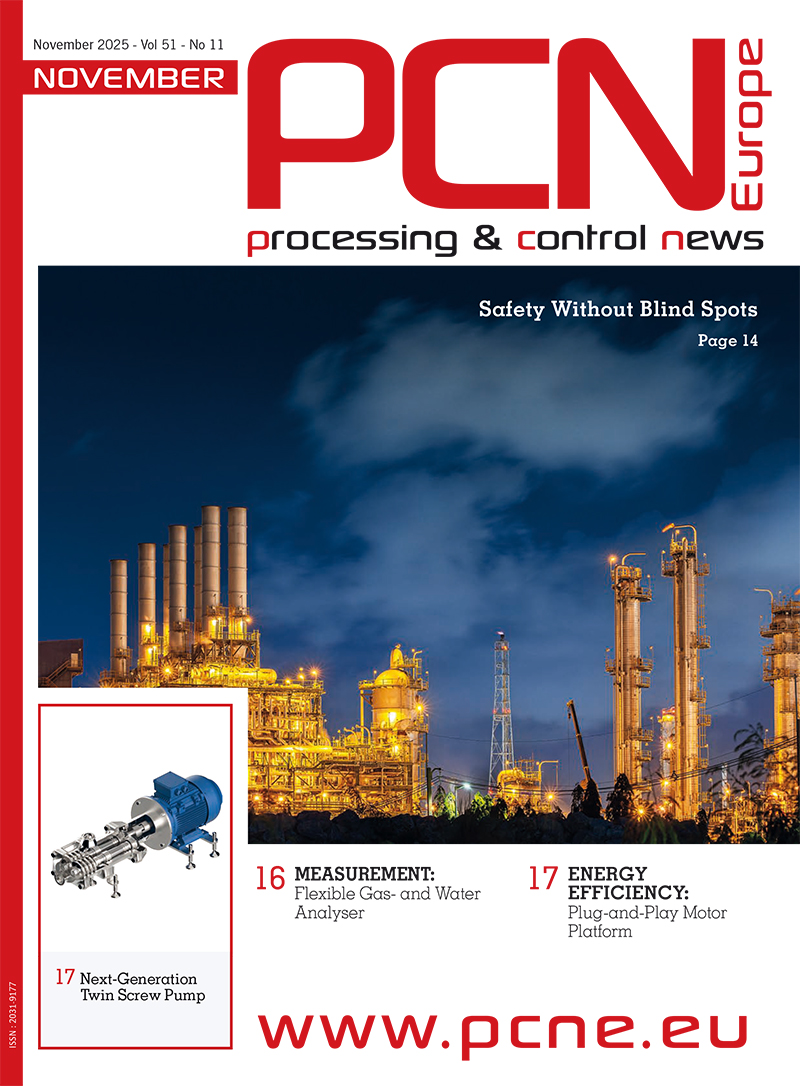In the competitive machine-building space, businesses must continually improve their offering amid tight cost constraints. Success depends on understanding the issues end users face and adopting appropriate technologies to overcome them. Fortunately, advances in motor technology enable a range of improvements in motor-driven equipment designs.
Today’s Challenges
Modern-day machine builders face increasingly demanding end user and application requirements to meet space constraints, increased uptime and higher throughput.
These requirements demand highly reliable, powerful motors with long life and low maintenance. This makes large, traditional, and lower-powered DC motors less suitable. The carbon brushes in the DC motors that many machines still use are prone to wear, shortening the machinery’s lifetime. DC motors can also be complex to maintain.
Furthermore, many standard AC motors have relatively high rotor inertia. This results in less precise control, which is particularly challenging in extrusion and injection molding applications.
Overall, customers expect greater design flexibility and customization from their machine purchases.
How HDP Induction Motors Can Help
Specialized AC motors, such as ABB’s HDP motors, also known as square frame induction motors, offer even greater power density than traditional AC motors. This enables a more compact installation footprint. The latest generation of HDP motors, is available in frame sizes ranging from 80 to 400 and can deliver power output of up to 2 MW. They are available in square, cross-section frame designs and can be equipped with mechanical integrated brakes and feedback devices.
Modern HDP motors are designed for use with a variable speed drive (VSD). This combination delivers high energy efficiency and superior machine performance. ABB offers matching motor-drive packages across the frame size range. These packages are commonly used in several applications, including extrusion, injection molding, lifting, conveyors, winders, machine tools, and test benches – among many others.
HDP motors also have advantages in terms of their low rotor inertia, high overload capacity, and outstanding dynamic response. Low rotor inertia enables faster reversion of the motor’s rotational direction, which speeds up the machine’s back-and-forth motion. This is a critical factor for safe and smooth maneuvering or machine control.
Further, because they are brushless and contain fewer moving parts than DC motors, they are more reliable and easier to maintain. Manufacturers have designed variations of HDP motors specifically for industrial machine use.
Accessing the Benefits of High Power Density
Machine builders can take advantage of these motors’ high power density in both retrofit applications and new designs.
Existing machines can be retrofitted with a stronger HDP motor as a drop-in replacement. To minimize the engineering work required, it is important to match the frame size of the existing motor and its replacement.
In many cases, installing the replacement HDP motor only takes minutes. The motors are designed with easily accessible connection points and straightforward installation of accessories, such as encoders, brakes, and cooling fans. ABB’s motors also come with adjustable key components, enabling the flexible mounting of the terminal box. This makes it easier to connect cables in machine-specific space constraints.
A motor’s compactness has a significant impact on a machine’s overall size in many types and categories. In new designs, OEMs can now select compact, high-torque HDP motors where they would typically have used larger, lower-torque models before. This is because the more compact HDP motor can achieve the same output as the older, larger motor, enabling a more compact overall design. For example, at the same IP rating, the new model of ABB HDP motor is at least one frame size smaller than a traditional induction motor. For any build with space constraints, the motor occupies less space, accommodating other components.
The HDP motors’ flexible design features are also ideal for machine builders. In addition to a variety of frame sizes, high-speed and water-cooled models are available – for dusty environments. OEMs can also pass flexibility on to end-users, such as including programmable encoders. This enables end-users to adapt the motor’s properties to their changing needs.
A World of Opportunities for Machine Builders
The latest HDP induction motors achieve high power density. This, combined with the full range of frame sizes, technology variants, and customizations, unlocks significant potential for machine builders. Whether retrofitting existing models or designing new ones, both machine builders and end-users benefit from advances in HDP technology.
Daniel Eberli, Head of Portfolio Management IEC Low Voltage Motors, ABB Motion



















